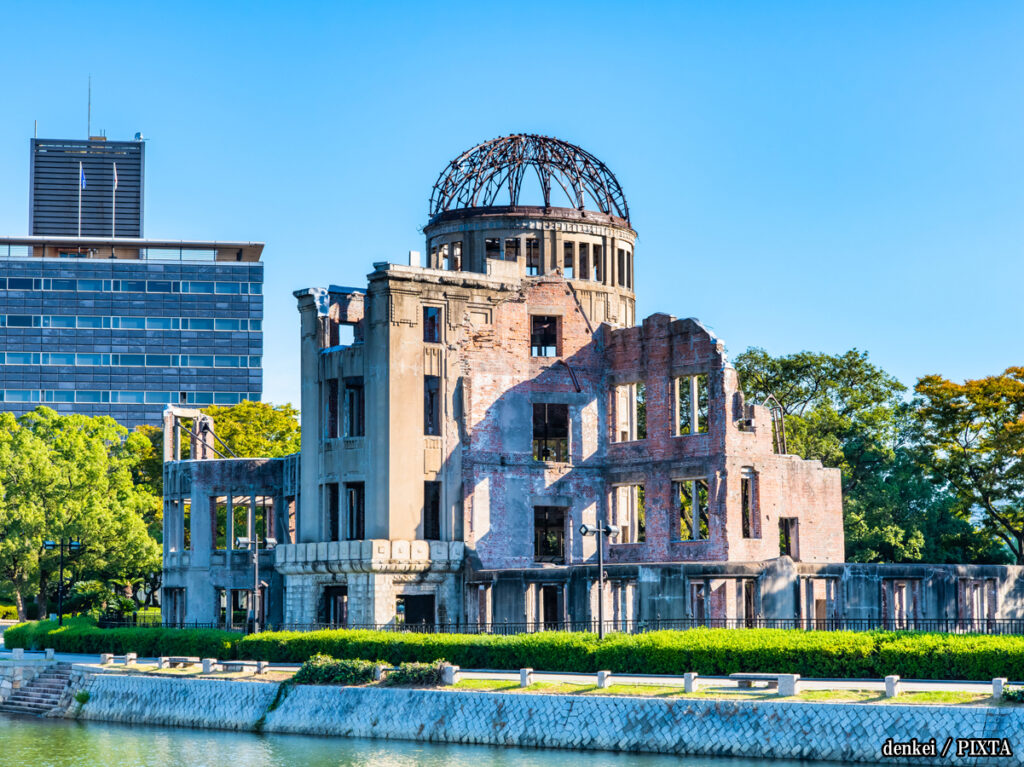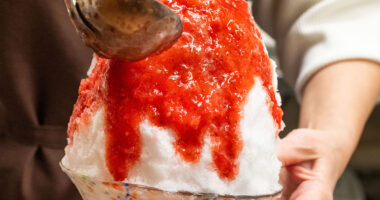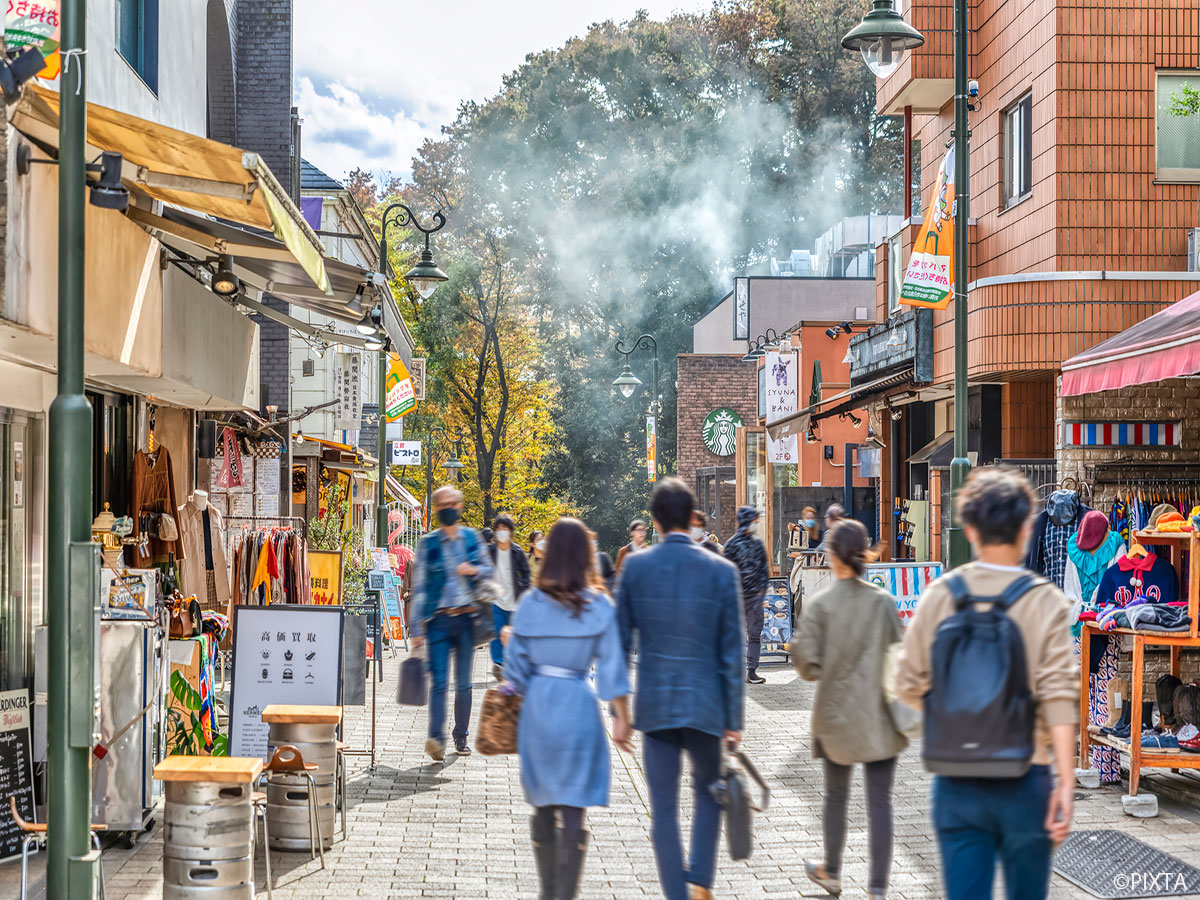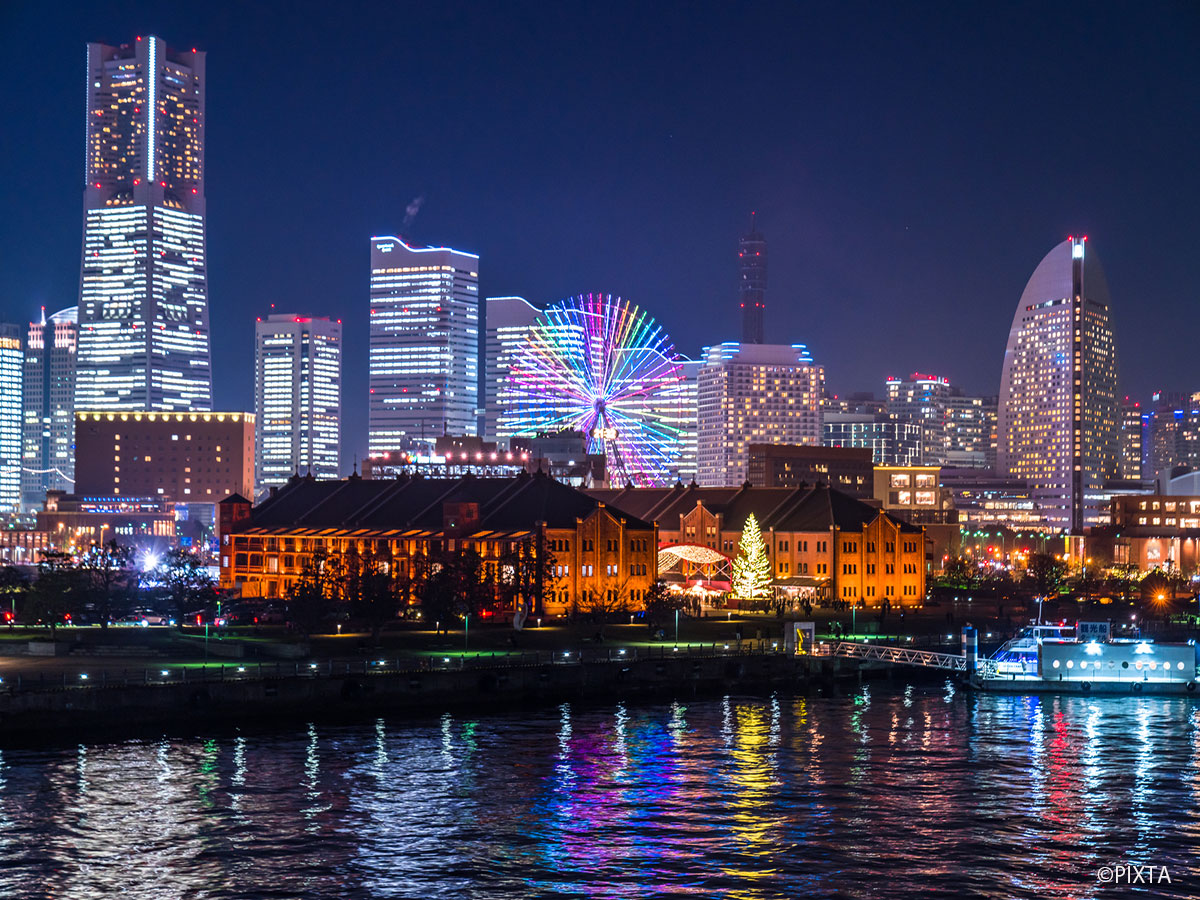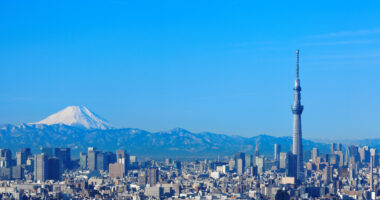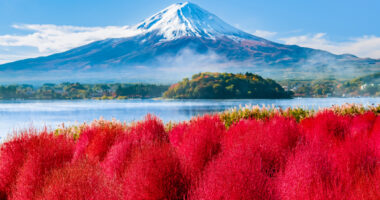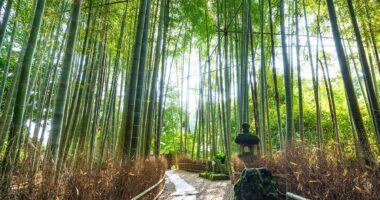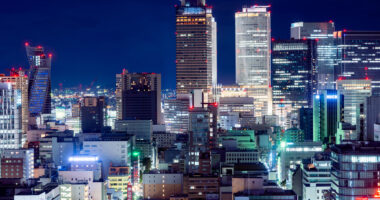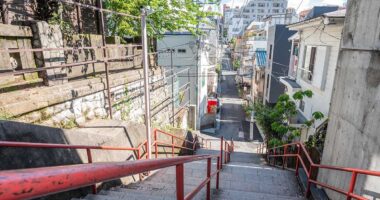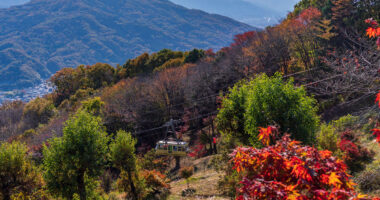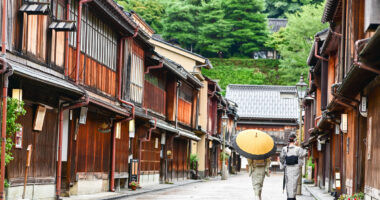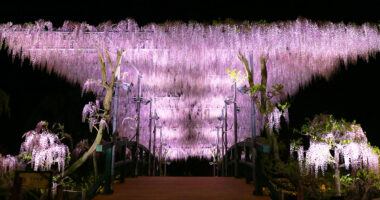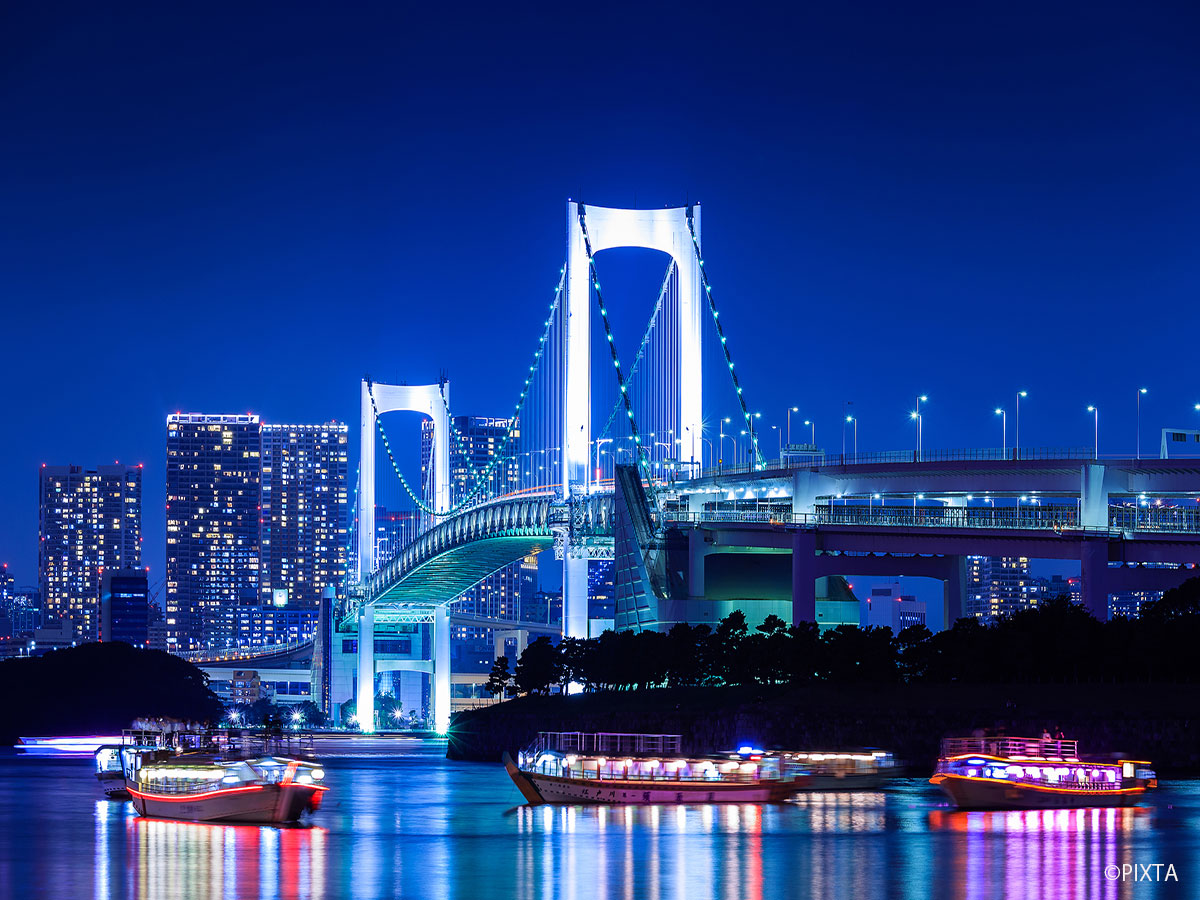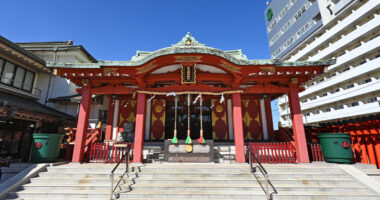Hiroshima, a city indelibly marked by history, has transformed from a site of tragedy into a vibrant symbol of peace and resilience. While best known for its poignant Peace Memorial Park, Hiroshima today is a dynamic, welcoming city with a rich cultural identity, excellent food, and easy access to natural beauty. For first-time visitors to Japan, it can be hard to decide how much time to allocate here. A single day offers a meaningful glimpse, but two or more allow for deeper context and memorable detours.
- What Hiroshima has to offer
- 1 day in Hiroshima: essential history and iconic scenery
- 2 days in Hiroshima: deeper dive into history, culture, and island beauty
- 3 days in Hiroshima: regional exploration and unique side trips
- Where to stay and when to visit
- Tips for planning your Hiroshima trip
- Final thought: 2 days is ideal, but even one day leaves a lasting impression
What Hiroshima has to offer
Hiroshima’s appeal extends far beyond its history, as it presents a broad range of experiences that cater to travelers of all kinds:
- The Peace Memorial Park and the Hiroshima Peace Memorial Museum:
The emotional and historical core of the city. The museum provides a powerful, sobering look at Hiroshima’s past, while the surrounding park serves as a quiet space for remembrance and reflection. - Hiroshima Castle:
A reconstruction of the original castle, offering insights into local history and panoramic views from its top floor. - Shukkeien Garden:
A beautifully landscaped traditional garden, designed with miniature scenes that replicate natural landscapes on a smaller scale. - Hiroshima-style okonomiyaki:
A regional take on the beloved savory pancake more commonly associated with Osaka, this version is layered with batter, cabbage, noodles, and a variety of toppings—a must-try culinary experience. - Miyajima Island (Itsukushima Shrine):
Often paired with a Hiroshima visit, Miyajima is home to the famous “floating” torii gate of Itsukushima Shrine, a UNESCO World Heritage site. - Cycling:
Hiroshima’s flat layout and dedicated paths make it a bike-friendly city, and the nearby Shimanami Kaidō is a well-known cycling route popular with enthusiasts.
Now, let’s take a look at some sample itineraries to help you make the best of your time in Hiroshima!
1 day in Hiroshima: essential history and iconic scenery
If you only have a day, focus on Hiroshima’s core historical sites and pair them with a visit to Miyajima.
- Morning (9:00 AM – 12:00 PM):
Arrive in Hiroshima and head straight to the Peace Memorial Park. Visit the Atomic Bomb Dome, the Children’s Peace Monument, and spend time at the Hiroshima Peace Memorial Museum. This is an essential and emotionally powerful part of any trip. - Lunch (12:00 PM – 1:00 PM):
Grab a quick bite of Hiroshima-style okonomiyaki near Peace Memorial Park, or visit the okonomiyaki food theme park Okonomi-mura if you have the time to venture out slightly further. - Afternoon (1:00 PM – 6:00 PM):
Travel to Miyajima Island. Take a tram or train to Miyajimaguchi Station, then board the short ferry to the island (JR Pass holders can use the JR ferry). Explore Itsukushima Shrine and its famous “floating” torii gate, and be sure to check tide times in advance. Wander the island’s streets, say hello to the resident deer, and ride the ropeway up Mount Misen if time allows. - Evening (6:00 PM onward):
Return to Hiroshima or Miyajimaguchi for onward travel. Have dinner back in the city if staying overnight.
Related articles
- “The Floating Shrine Gate of Miyajima: When and How to See It”
- “Hiking Mount Misen: A Journey Through Miyajima Island’s Natural Beauty“
2 days in Hiroshima: deeper dive into history, culture, and island beauty
Two days give you time to explore Hiroshima at a more relaxed pace, while also allowing for a fuller experience of Miyajima. This is often considered the ideal duration for first-time visitors.
Day 1: Peace and city exploration
- Morning:
Dedicate your morning to the Peace Memorial Park and Museum. Allow 2-3 hours for a thoughtful and unhurried visit. - Lunch:
Try Hiroshima-style okonomiyaki at a popular spot like Okonomi-mura or a local favorite nearby. - Afternoon:
Visit Hiroshima Castle to explore its museum and take in city views from the top floor. Then head to Shukkei-en Garden for a quiet walk through its traditional, miniature landscapes. - Evening:
Explore Hiroshima’s vibrant downtown area. Enjoy local food, visit a bar, or simply stroll through the lively streets.
Day 2: Miyajima Island adventure
- Full day:
Take an early ferry to Miyajima to get ahead of the crowds. - Explore Itsukushima Shrine and its torii gate.
- Hike or take the ropeway up Mount Misen to take in the scenery from above.
- Wander through the island’s charming town, try local specialties like grilled oysters or momiji manjū (maple leaf-shaped sweets filled with sweet bean paste), and spend time with the deer.
- If possible, stay for the sunset, when the torii gate is especially striking against the evening sky.
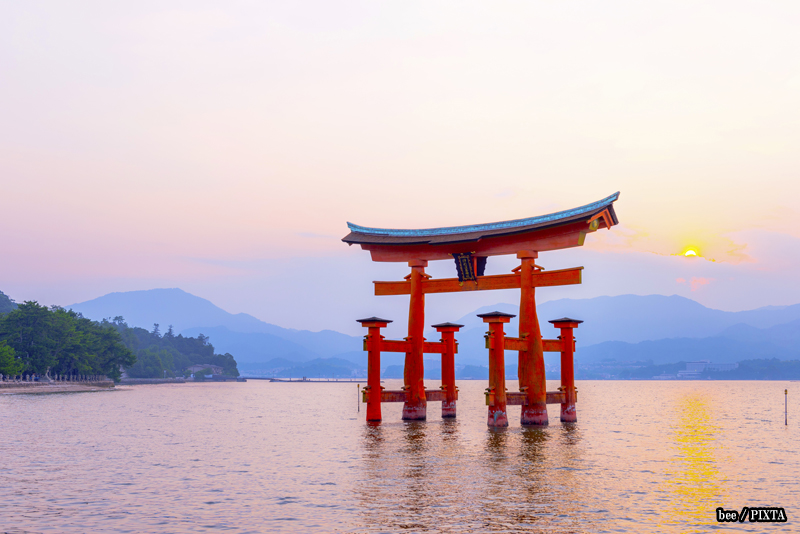
Photo for illustrative purposes
3 days in Hiroshima: regional exploration and unique side trips
A third day gives you the chance to explore beyond Hiroshima and Miyajima, with memorable day trips that showcase the region’s diversity. For the first two days, follow the 2-day itinerary above, but on the third day, why not choose your own adventure with one of the following options?
Day 3 Option A: Kure and naval history (Half-Day)
Take a short train ride to Kure and visit the Yamato Museum, which features exhibits on Japan’s naval history and a 1/10 scale model of the battleship Yamato. Nearby, the JMSDF Kure Museum, nicknamed the ‘Tetsu no Kujira Kan’ (Iron Whale Museum), features a real submarine on display.
Day 3 Option B: Onomichi & Shimanami Kaido (Full-Day)
For cycling enthusiasts, head to the town of Onomichi (about 1.5 hours by train). Fill up on Onomichi ramen, a unique local variety, explore the temple walk or rent a bike and ride part of the scenic Shimanami Kaido, which connects islands via bridges across the Inland Sea.
Day 3 Option C: Ōkunoshima, aka Rabbit Island (Full-Day)
Take a train and ferry to Ōkunoshima, a small island inhabited by hundreds of friendly wild rabbits. The island also holds darker historical significance as a former poison gas production site.
Day 3 Option D: Iwakuni (Half-Day)
A short JR train ride from Hiroshima, Iwakuni is home to the stunning Kintai Bridge, an iconic wooden arch bridge, and Iwakuni Castle.
Related articles
Where to stay and when to visit
Where to stay
- Most visitors opt to stay in Hiroshima’s city center, near Hiroshima Station or the Peace Memorial Park area. This offers convenient access to trams, buses, and the Shinkansen, with accommodations available for a range of budgets.
- Alternatively, for a more atmospheric experience, consider spending a night at a ryokan (traditional Japanese inn) on Miyajima Island. You’ll get to enjoy the island after the day-trippers leave, though lodging options are fewer and typically more expensive.
When to visit
- Spring (March-May):
Comfortable weather and cherry blossoms (early April) make this a popular time, so book early. - Autumn (October-November):
Crisp weather and fall foliage also draw many visitors. - Summer (June-September):
Hot and humid, but manageable. Expect crowds on Miyajima. Summer festivals and fireworks are a seasonal highlight. - Winter (December-February):
Colder, with thinner crowds and often clear skies—good for visibility across the Seto Inland Sea and a quieter experience.
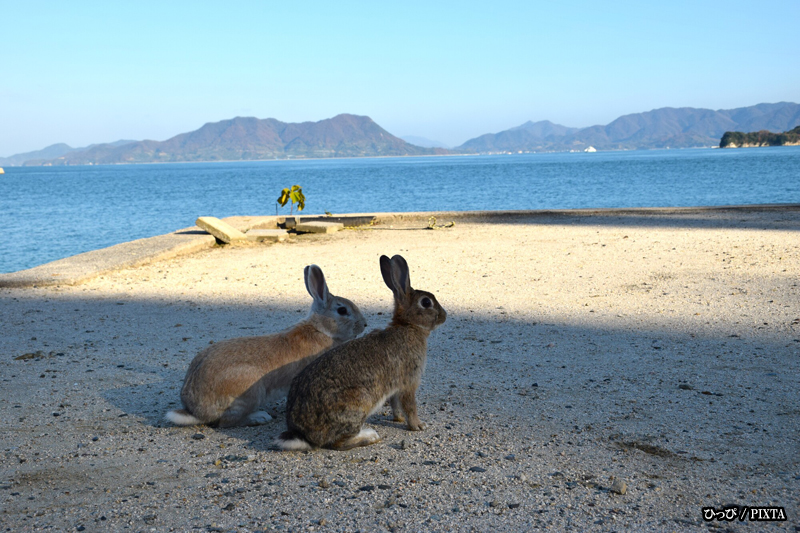
Photo for illustrative purposes
Tips for planning your Hiroshima trip
- Jr pass:
The Japan Rail Pass covers the Shinkansen to Hiroshima, local JR trains, and the JR ferry to Miyajima, making it a cost-effective option for multi-day travel. - Hiroshima sightseeing loop bus (Meipuru-pu):
This tourist-friendly bus, covered by the JR Pass, stops at major attractions like Peace Memorial Park, Hiroshima Castle, and Shukkei-en Garden, making city navigation easy. - Trams:
Hiroshima’s charming tram network is an efficient way to get around the city center. - Check tide times for Miyajima:
If you want to see the “floating” torii gate surrounded by water, check the tide schedule online before your visit. - Book accommodation early:
Especially important during peak travel seasons. - Understand the history:
Reading up on Hiroshima’s past before visiting the Hiroshima Peace Memorial Museum will enhance your experience.
Final thought: 2 days is ideal, but even one day leaves a lasting impression
For most first-time visitors, a 2-day itinerary in Hiroshima strikes the right balance, allowing time to reflect at the Hiroshima Peace Memorial Museum, explore the city, and fully enjoy Miyajima. But even a well-planned 1-day visit can leave a profound and lasting impression.
If you have more time, a 3-day trip opens the door to unique regional side trips that add layers to your understanding of this beautiful, resilient, and compelling part of Japan. However long you stay, Hiroshima’s message of peace and its vibrant spirit are sure to touch your heart.
